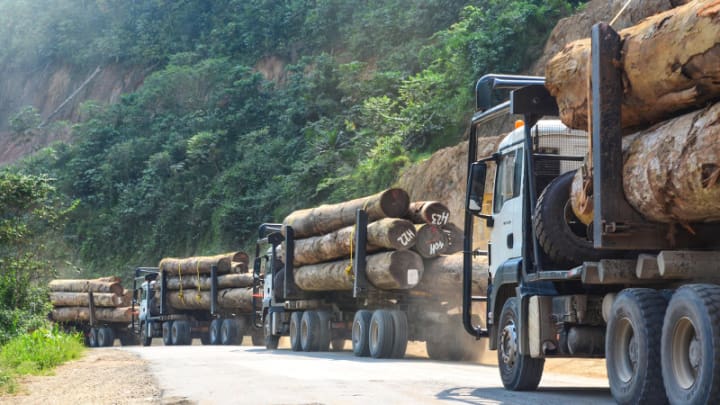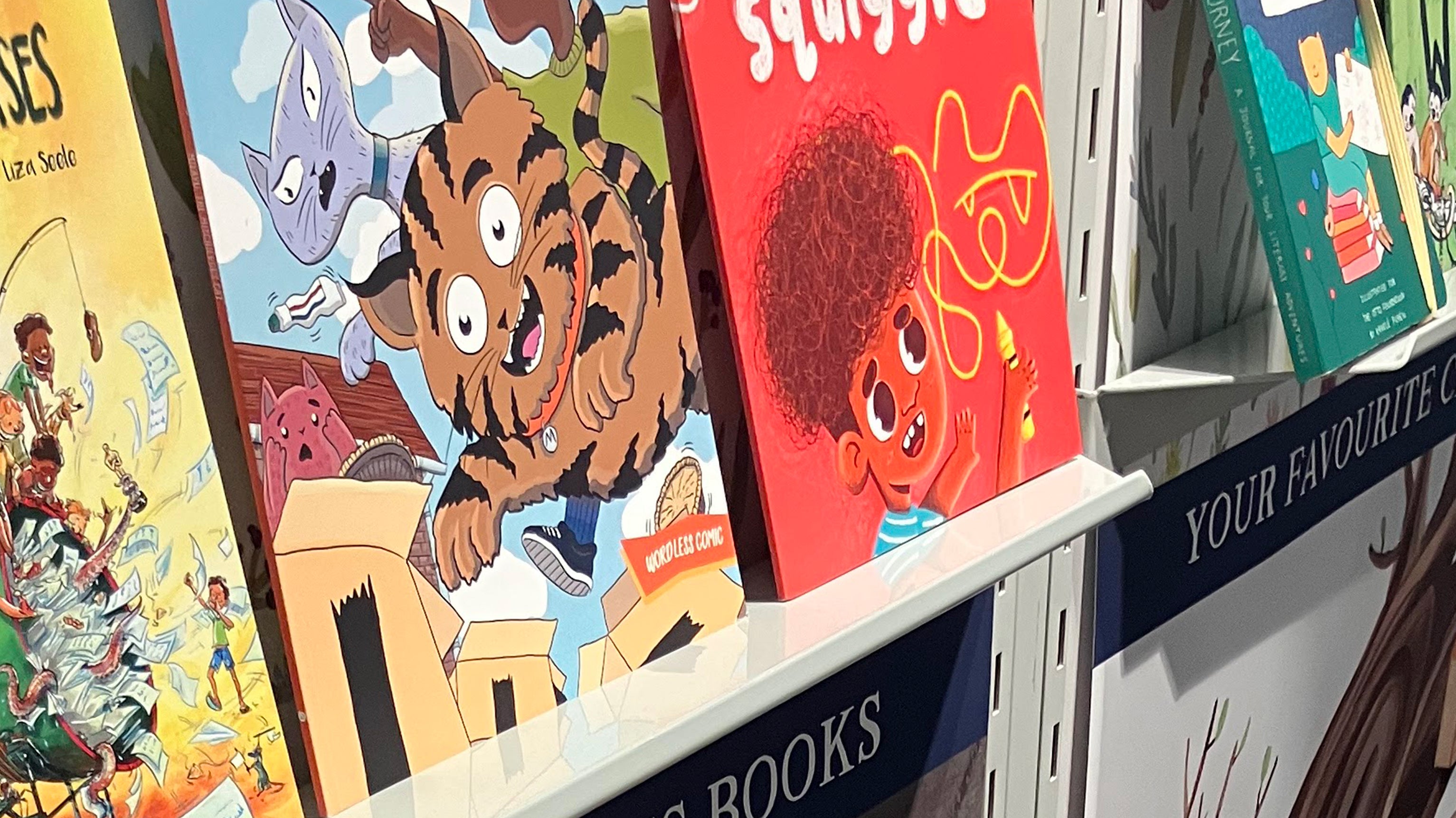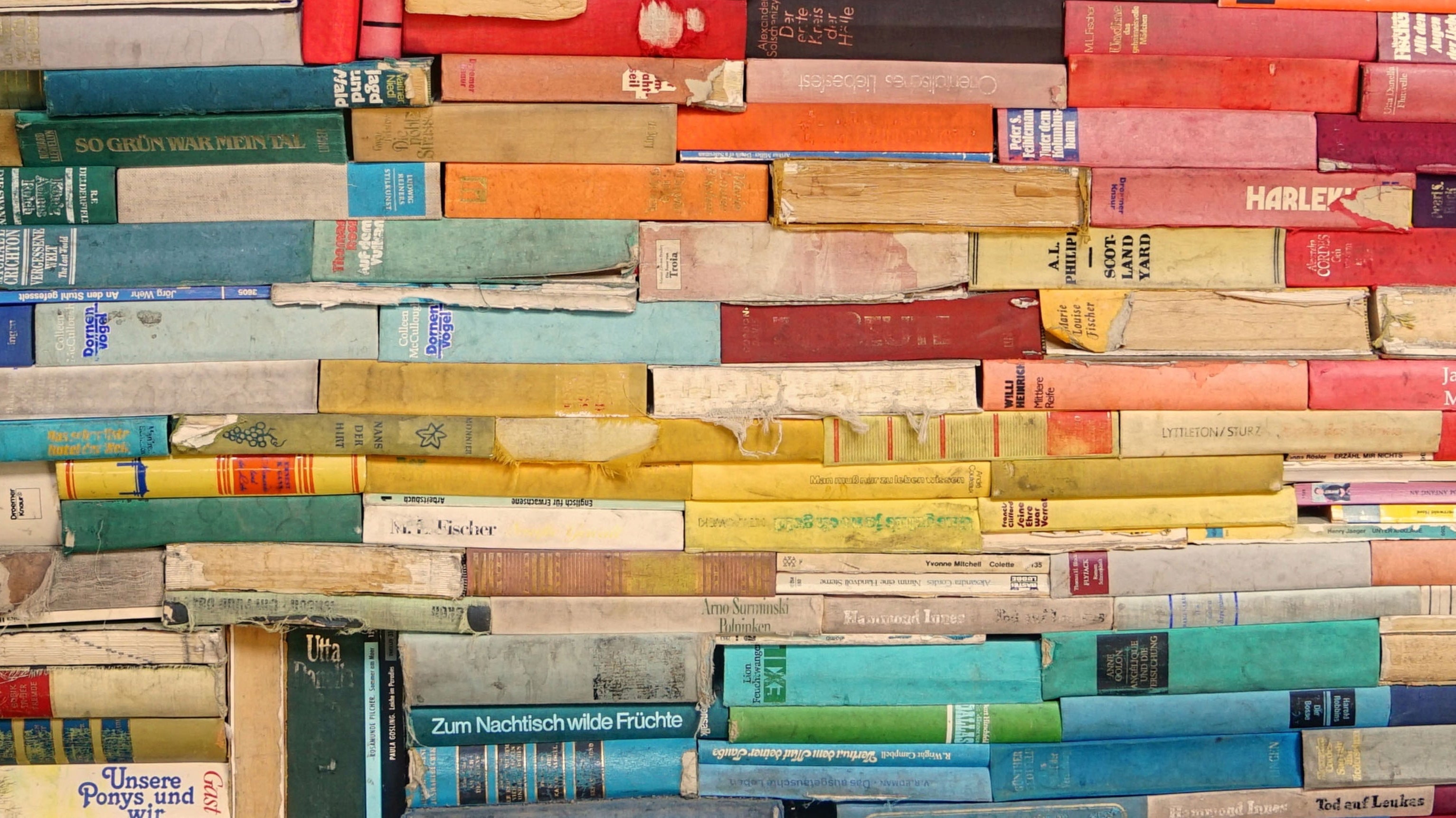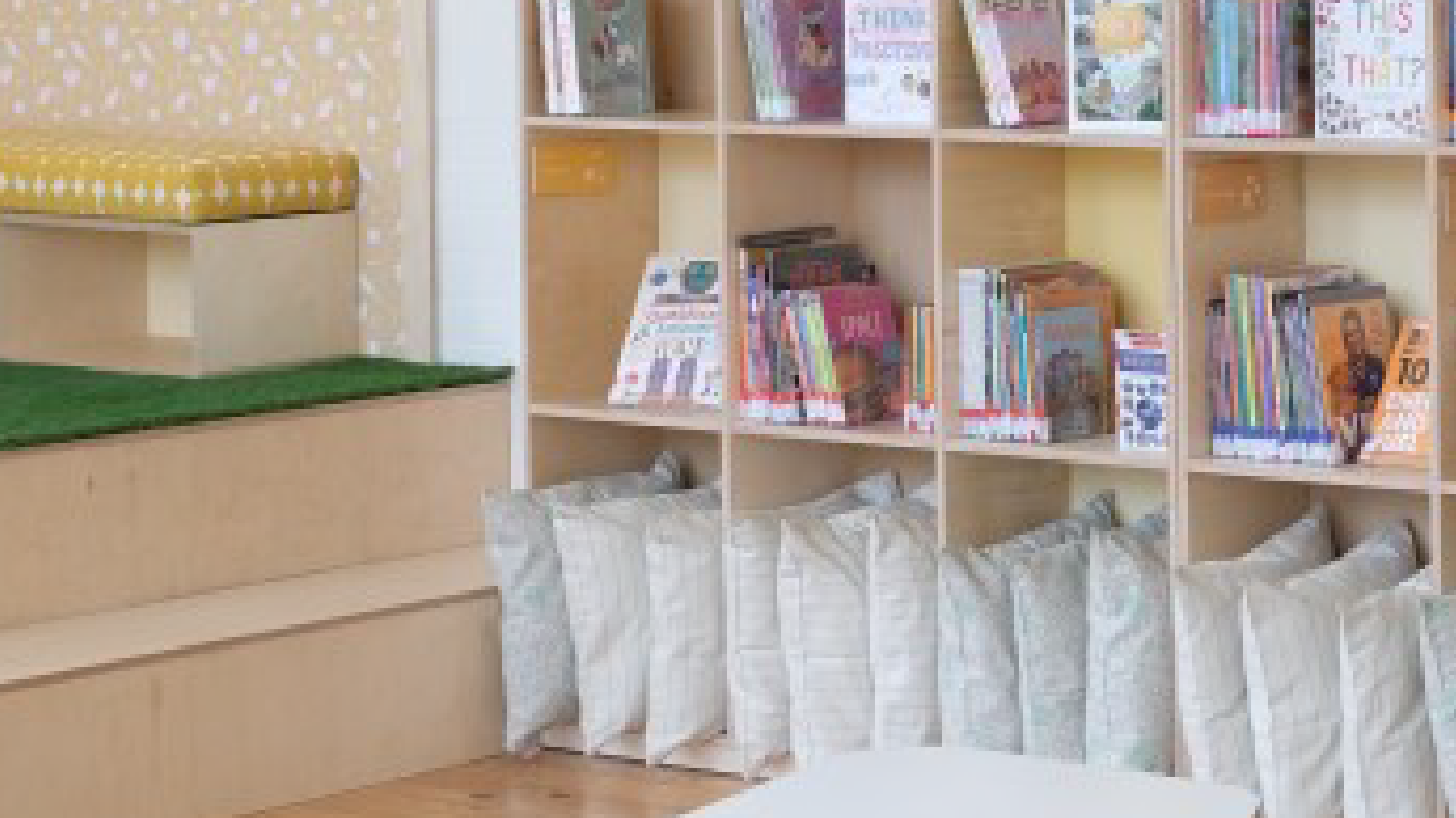There is something magical about paper, but it is something we take for granted. Present in so many forms, from rigid cardboard to toilet paper, it is an integral part of our lives. But what do we know about it? How is paper made? And what makes it so special, especially for those of us who love books. As step one in a children’s guide to publishing, we take a look at paper production.
Can’t see the paper for the trees.
So, does paper really grow on trees? Well, it’s more that it grows in trees. However, turning a tree into paper is quite a process.
-
Timmmberrr!
First step is that the felling team and machinery arrive in the sustainably grown forest and the work of harvesting timber begins. The felled and stripped trees are loaded up and transported to the paper mill in huge lorries.
At the mill, the logs are debarked and chipped to prepare the wood for pulping.
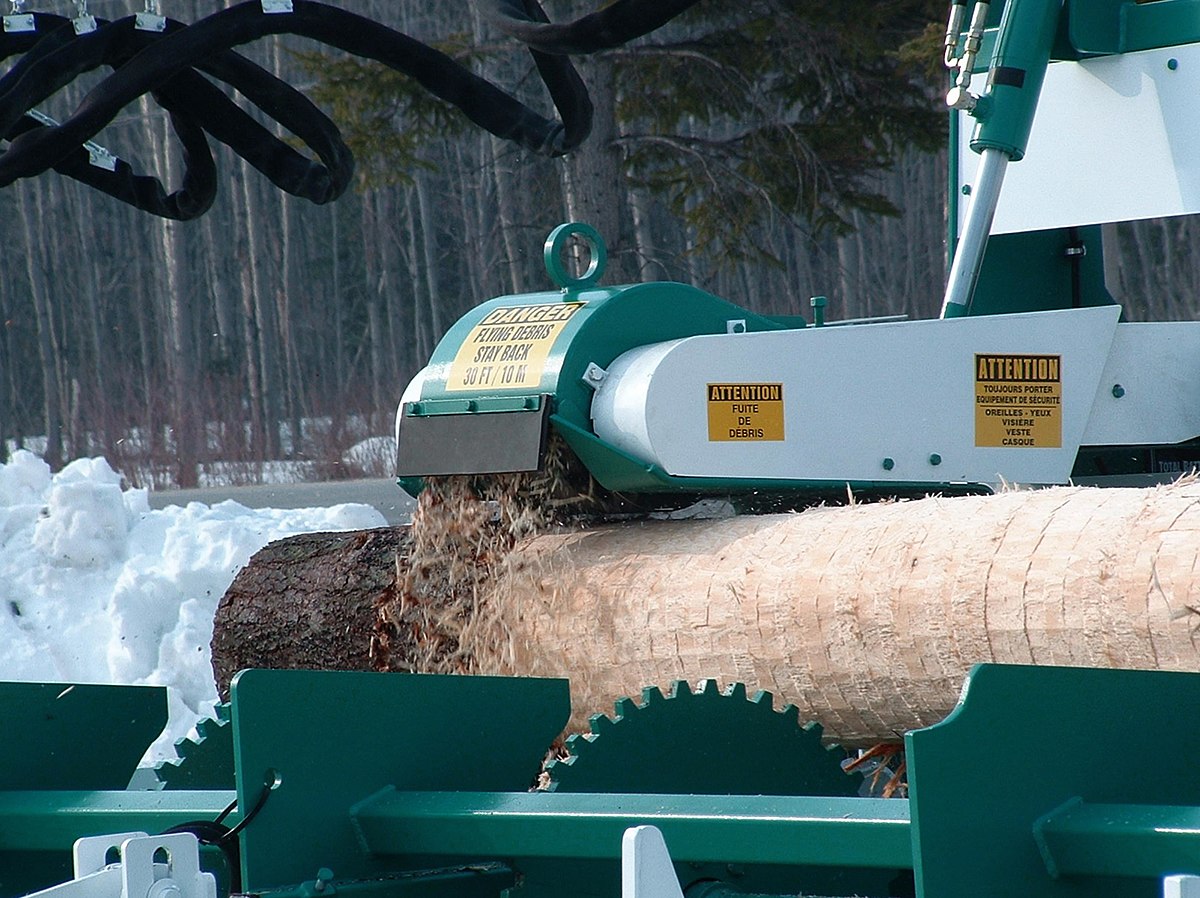
-
Wood porridge
The wood chips are pulped in one of two ways, by means of mechanical or chemical pulping.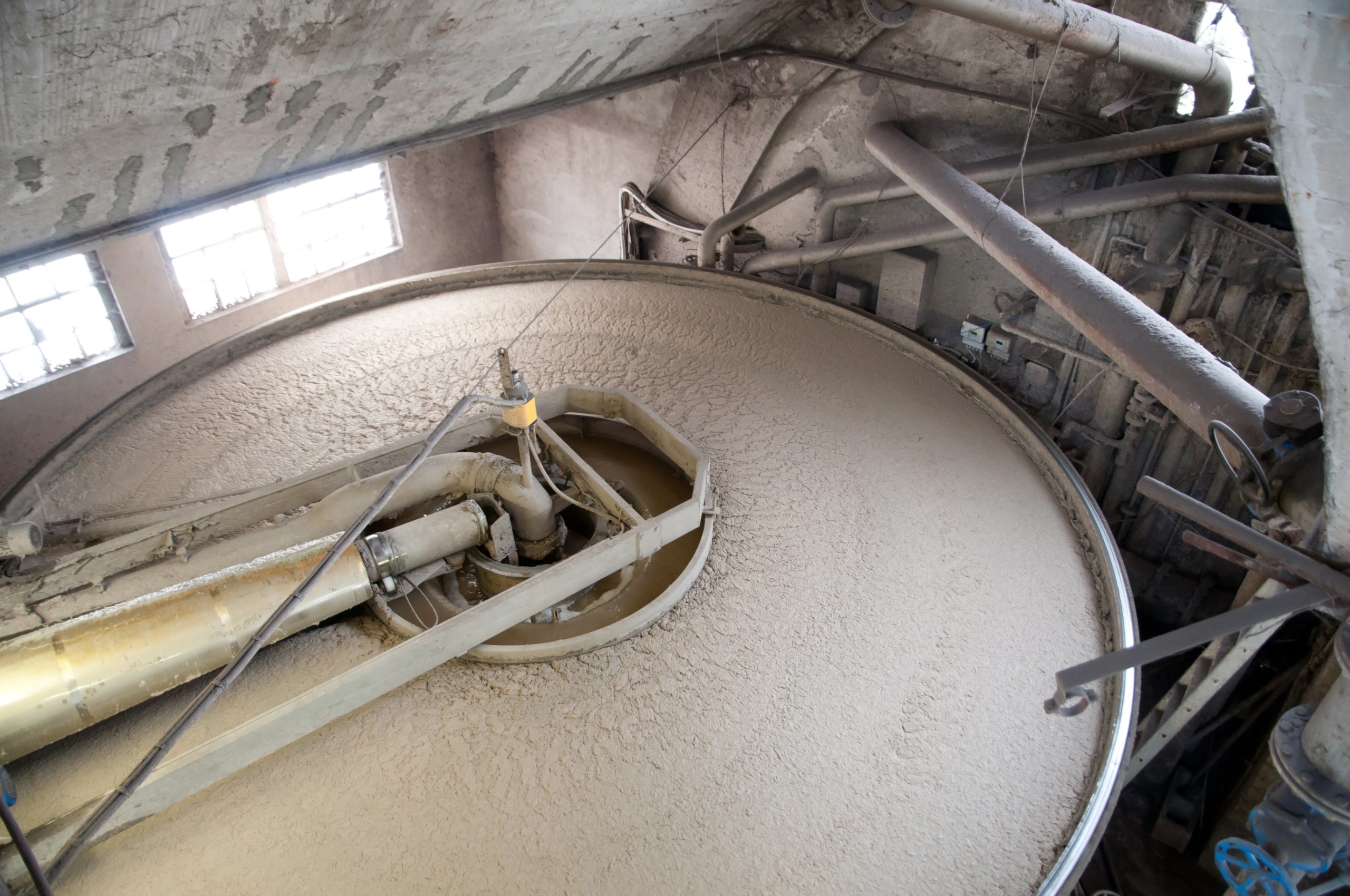
But let’s take one step back. The two main components of wood are lignin and cellulose. Lignin, which joins the wood fibres together, bulks up the amount of paper produced, but leads to a lower quality paper. High cellulose paper, which could be almost pure fiber, is of a better quality and longer lasting. Mechanical pulping doesn’t remove lignin and so the volume of paper produced is higher, but of a lesser quality. Chemical pulping, which involves adding chemicals, heat and pressure to the wood chips, removes lignin, but produces less paper, but a better quality. Whatever method is used, a substance resembling wood porridge results.
-
From the Wet End to the Dry End
The wood porridge, better known as wood pulp, is mixed with water and a variety of additives and fillers. It is now ready to be fed into the paper making machine. The pulp mixture is pumped onto a mesh belt that assists in arranging the fibres in one direction. This gives the paper a grain direction much the same as the grain in wood. This end of the paper making machine is called the Wet End (for obvious reasons - the wood pulp is still sopping!). From here, the wet mixture is transferred to the Wet Press Section, where it transfers to a felt or synthetic felt belt, which acts as a sponge for any excess water. The felt belt moves through a series of rollers which, using pressure, encourage the felt belt to absorb more water from the pulp mixture. At the exit of the Wet End, the pulp has been transformed into something resembling paper. Should the paper require a special finish the additives required are added here (like vinyls and varnishes). It now enters the Dryer Section where the last remaining moisture is removed as it weaves through a series of heated and pressurised rollers that are also felt covered. The paper then exits into the Calender Section where a series of rollers mounted vertically opposite each other apply pressure to the paper to make it smooth. The more rollers there are the smoother the paper.
That is really simplifying the process. It is a lot more complicated than what we've outlined here, but we've touched on the most vital parts of the process that is so important to making books. Once the paper is produced, printers then order the type of paper their clients require and that is where we enter the picture (as publishers!). An integral part of book production is choosing the correct paper for the book, but that is a discussion we will have in another blog.
Despite the development of digital books, there is still something special about reading a paper book. It is a very tactile thing, feeling the texture of a page between your fingers and smelling that new book smell... the pleasure of a physical book is just something that can't be beaten. While paper production is mostly done responsibly and with great care for the environment these days, it is not always the case. Make sure you are always buying books that include the FSC logo (seen below), as that means that the paper has been made carefully and responsibly. All of Imagnary House's books are made using FSC approved paper.

We love the journey we’re on and hope you will continue to enjoy it with us, book in hand.


